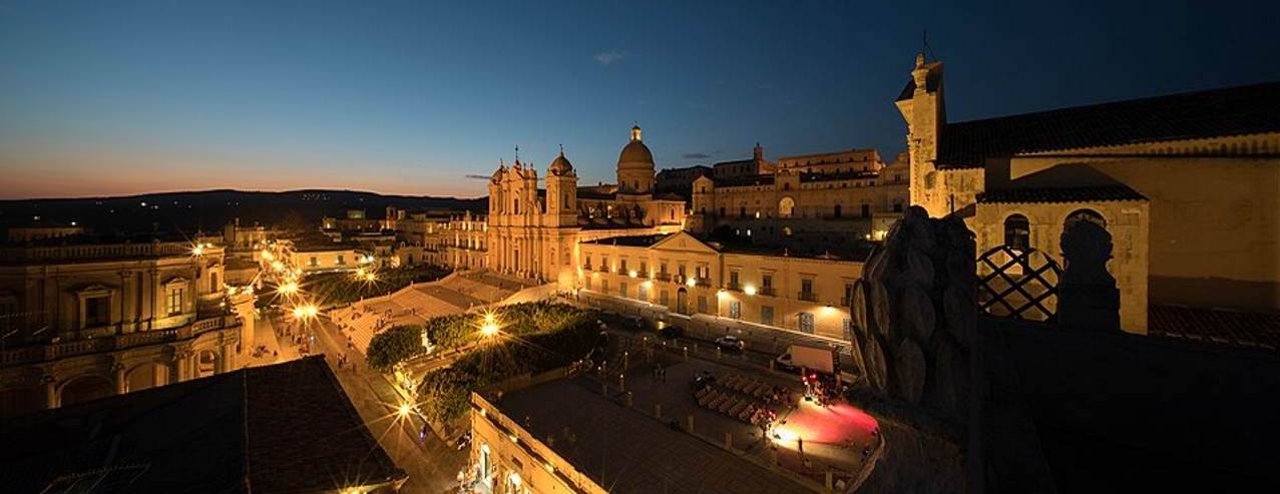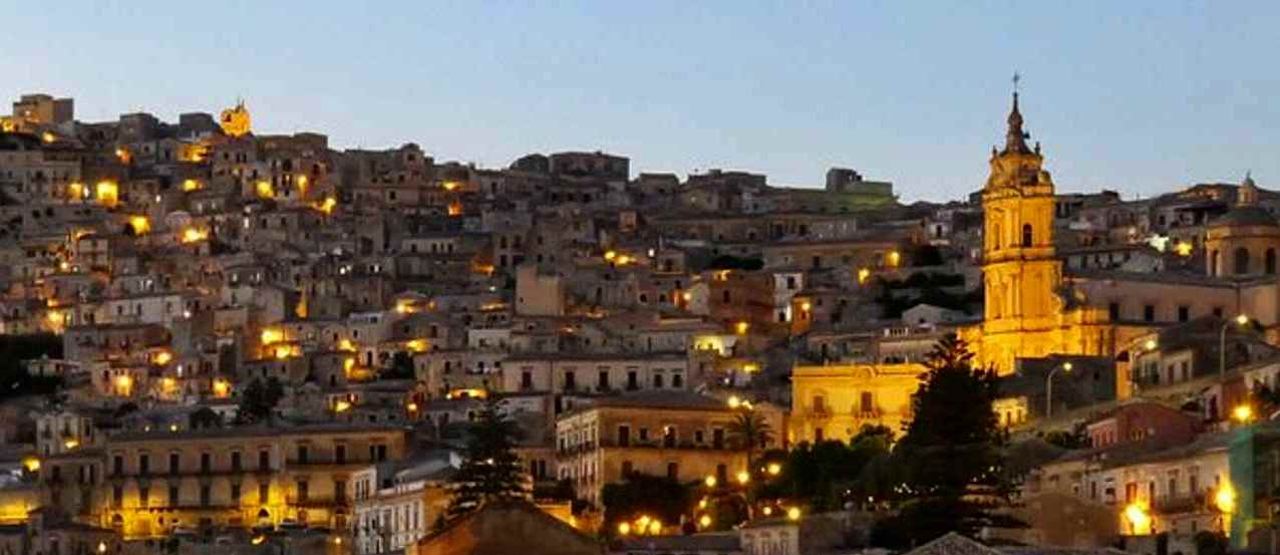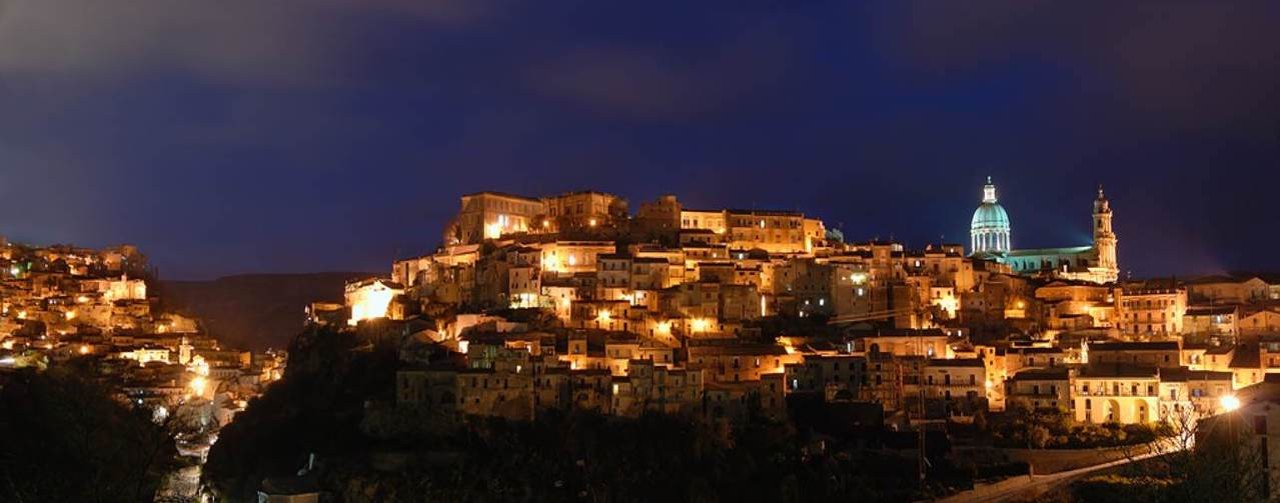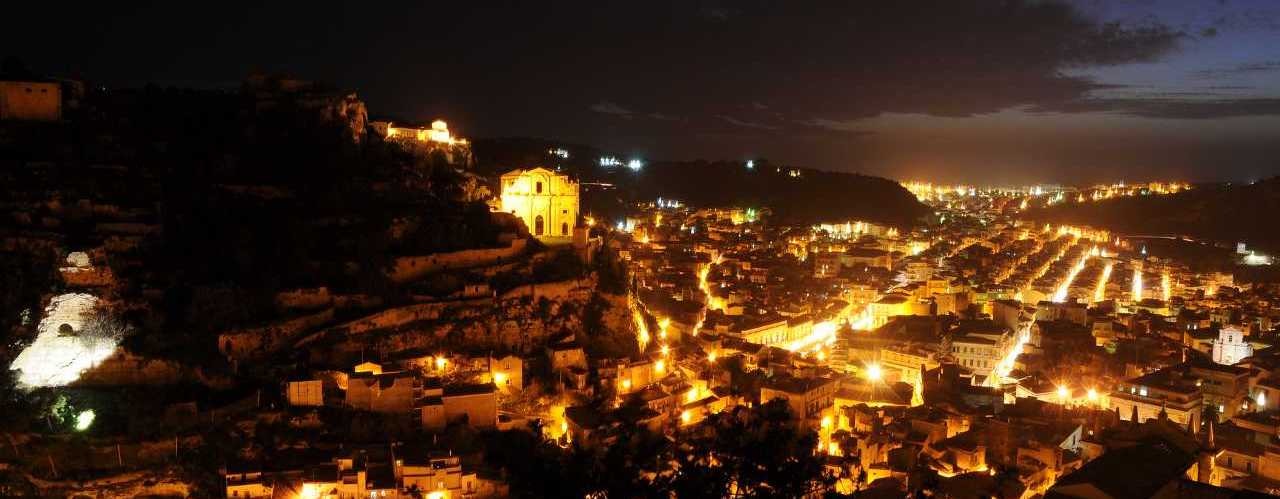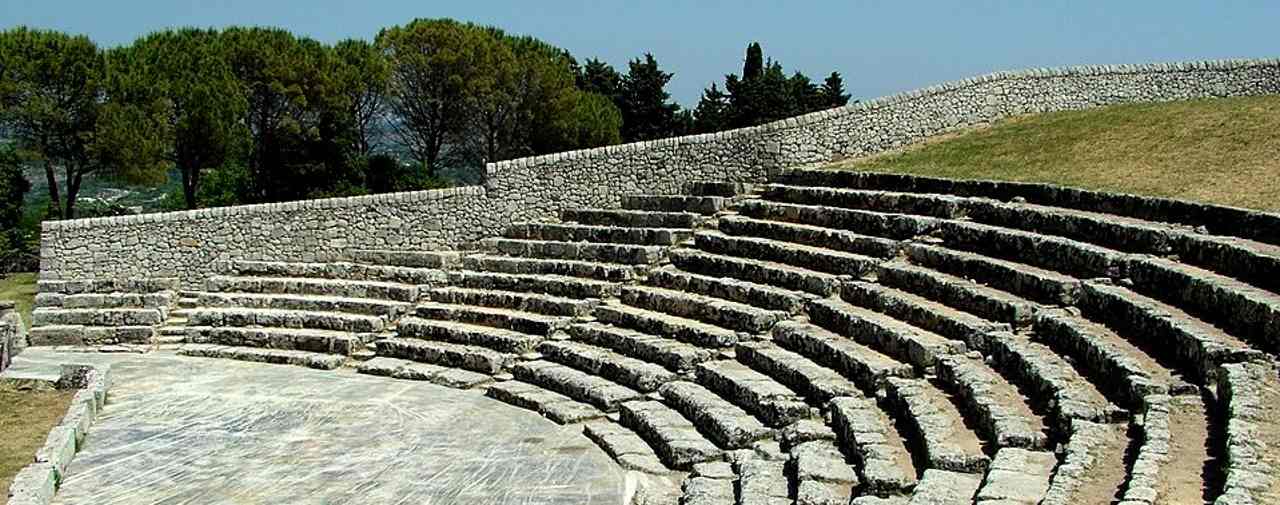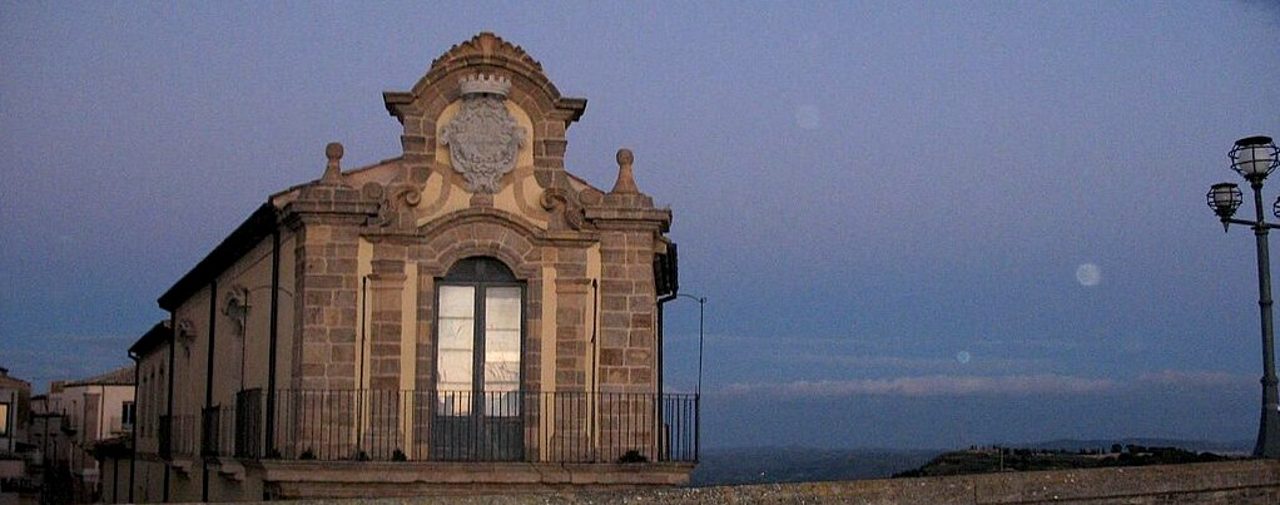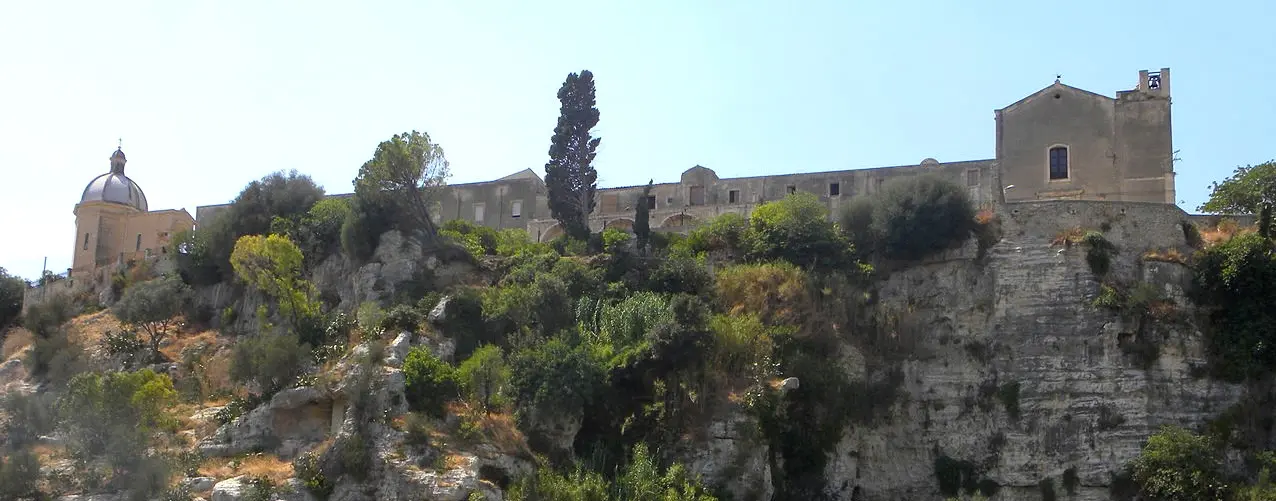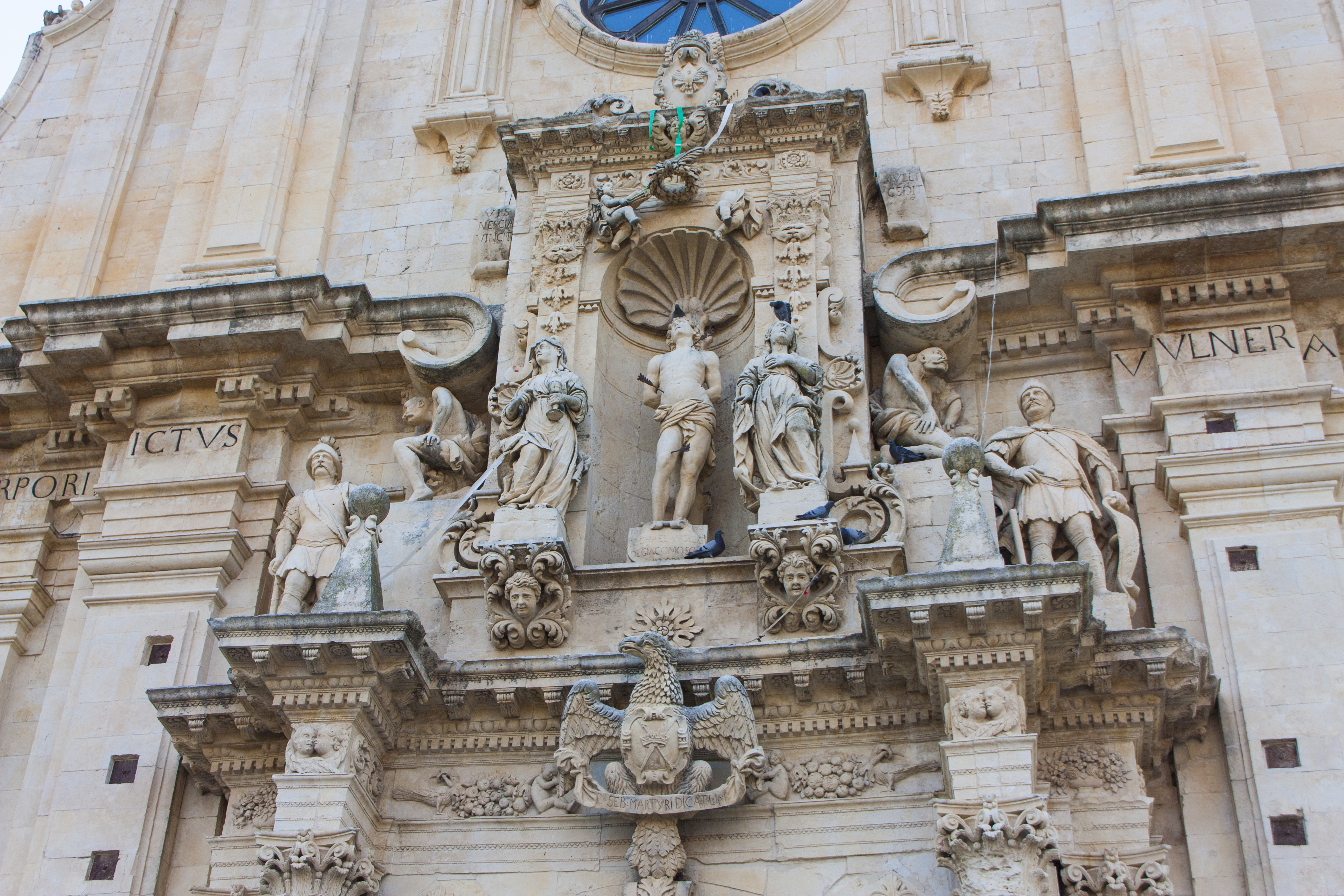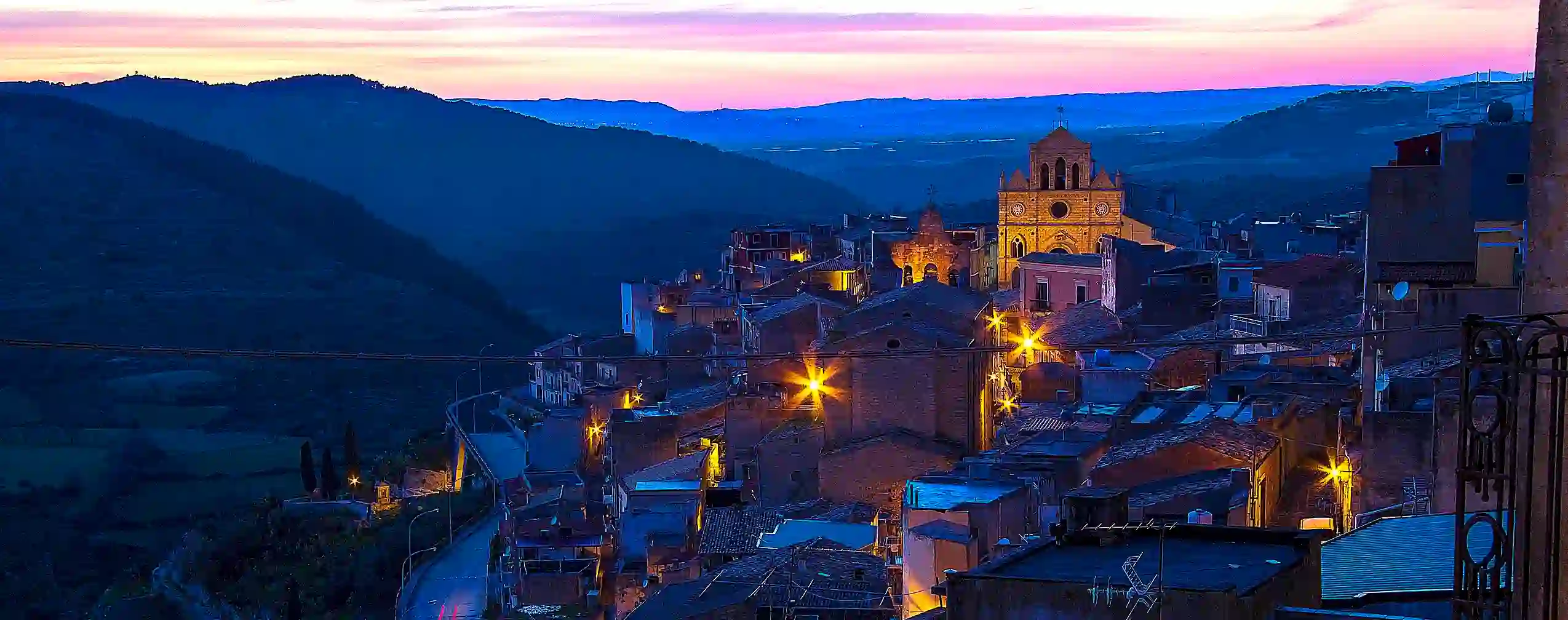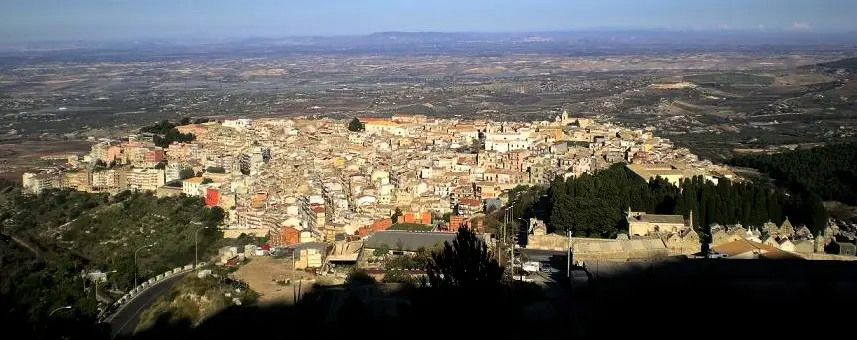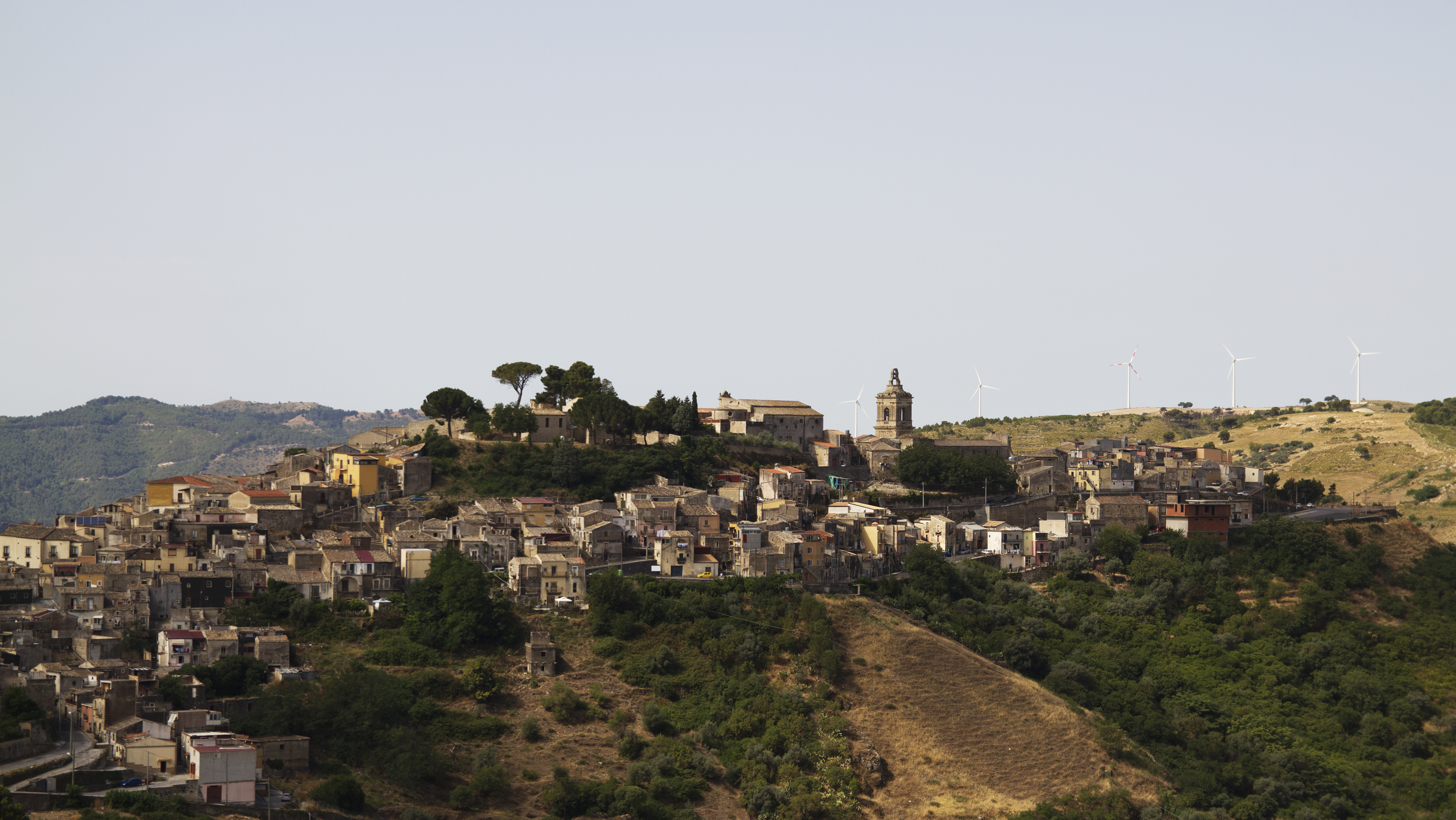La capitale indiscussa del Barocco siciliano, una città-monumento interamente ricostruita dopo il 1693 secondo un piano urbanistico unitario e scenografico. Noto è un sogno, un'utopia realizzata. Distrutta completamente dal terremoto del 1693 nella sua antica sede sul Monte Alveria, fu interamente ricostruita su un nuovo sito, in una posizione più dolce e assolata. Questa tabula rasa permise ai più grandi architetti dell'epoca (tra cui Rosario Gagliardi, Vincenzo Sinatra e Paolo Labisi) di progettare una città ideale, secondo i più avanzati canoni del barocco. Il risultato è un capolavoro di urbanistica e architettura, un "giardino di pietra" dove ogni chiesa, palazzo e piazza contribuisce a una scenografia unitaria e grandiosa, esaltata dal colore dorato della pietra calcarea locale.
The undisputed capital of Sicilian Baroque, a city-monument entirely rebuilt after 1693 according to a unified and scenographic urban plan. Noto is a dream, a realized utopia. Completely destroyed by the 1693 earthquake in its ancient site on Mount Alveria, it was entirely rebuilt on a new site, in a gentler and sunnier position. This tabula rasa allowed the greatest architects of the time (including Rosario Gagliardi, Vincenzo Sinatra, and Paolo Labisi) to design an ideal city, according to the most advanced baroque canons. The result is a masterpiece of urban planning and architecture, a "stone garden" where every church, palace, and square contributes to a unitary and grandiose scenography, enhanced by the golden color of the local limestone.
La capitale incontestée du baroque sicilien, une ville-monument entièrement reconstruite après 1693 selon un plan d'urbanisme unitaire et scénographique. Noto est un rêve, une utopie réalisée. Entièrement détruite par le tremblement de terre de 1693 sur son ancien site du Mont Alveria, elle a été entièrement reconstruite sur un nouveau site, dans une position plus douce et ensoleillée. Cette table rase a permis aux plus grands architectes de l'époque (dont Rosario Gagliardi, Vincenzo Sinatra et Paolo Labisi) de concevoir une ville idéale, selon les canons baroques les plus avancés. Le résultat est un chef-d'œuvre d'urbanisme et d'architecture, un "jardin de pierre" où chaque église, palais et place contribue à une scénographie unitaire et grandiose, rehaussée par la couleur dorée de la pierre calcaire locale.
La capital indiscutible del Barroco siciliano, una ciudad-monumento completamente reconstruida después de 1693 según un plan urbanístico unitario y escenográfico. Noto es un sueño, una utopía realizada. Completamente destruida por el terremoto de 1693 en su antiguo emplazamiento en el Monte Alveria, fue reconstruida por completo en un nuevo sitio, en una posición más suave y soleada. Esta tabula rasa permitió a los más grandes arquitectos de la época (entre ellos Rosario Gagliardi, Vincenzo Sinatra y Paolo Labisi) diseñar una ciudad ideal, según los cánones barrocos más avanzados. El resultado es una obra maestra de urbanismo y arquitectura, un "jardín de piedra" donde cada iglesia, palacio y plaza contribuye a una escenografía unitaria y grandiosa, realzada por el color dorado de la piedra caliza local.
Die unbestrittene Hauptstadt des sizilianischen Barocks, eine Denkmal-Stadt, die nach 1693 nach einem einheitlichen und szenografischen Stadtplan vollständig wiederaufgebaut wurde. Noto ist ein Traum, eine verwirklichte Utopie. Nach der vollständigen Zerstörung durch das Erdbeben von 1693 an seinem alten Standort auf dem Monte Alveria wurde es an einem neuen, sanfteren und sonnigeren Standort vollständig wiederaufgebaut. Diese Tabula Rasa ermöglichte es den größten Architekten der Zeit (darunter Rosario Gagliardi, Vincenzo Sinatra und Paolo Labisi), eine ideale Stadt nach den fortschrittlichsten Barockkanonen zu entwerfen. Das Ergebnis ist ein Meisterwerk der Stadtplanung und Architektur, ein "Steingarten", in dem jede Kirche, jeder Palast und jeder Platz zu einer einheitlichen und grandiosen Szenografie beiträgt, die durch die goldene Farbe des lokalen Kalksteins unterstrichen wird.
La Rinascita Barocca
The Baroque Rebirth
La Renaissance Baroque
El Renacimiento Barroco
Die barocke Wiedergeburt
La ricostruzione di Noto fu un progetto colossale, pianificato a tavolino. La nuova città fu pensata su due livelli: una parte alta, destinata al popolo, e una parte bassa, lungo un asse principale (l'odierno Corso Vittorio Emanuele), destinata ai palazzi della nobiltà e ai complessi religiosi, i due poteri che guidarono la rinascita. Le vie sono ampie e rettilinee, intervallate da piazze scenografiche e scalinate monumentali, in un crescendo di stupore.
The reconstruction of Noto was a colossal project, planned from scratch. The new city was designed on two levels: an upper part for the people, and a lower part, along a main axis (today's Corso Vittorio Emanuele), for the palaces of the nobility and religious complexes, the two powers that guided the rebirth. The streets are wide and straight, interspersed with scenic squares and monumental staircases, in a crescendo of wonder.
La reconstruction de Noto fut un projet colossal, planifié de A à Z. La nouvelle ville a été conçue sur deux niveaux : une partie haute, destinée au peuple, et une partie basse, le long d'un axe principal (l'actuel Corso Vittorio Emanuele), destinée aux palais de la noblesse et aux complexes religieux, les deux pouvoirs qui ont guidé la renaissance. Les rues sont larges et droites, entrecoupées de places pittoresques et d'escaliers monumentaux, dans un crescendo d'émerveillement.
La reconstrucción de Noto fue un proyecto colosal, planificado desde cero. La nueva ciudad fue diseñada en dos niveles: una parte alta, para el pueblo, y una parte baja, a lo largo de un eje principal (el actual Corso Vittorio Emanuele), para los palacios de la nobleza y los complejos religiosos, los dos poderes que guiaron el renacimiento. Las calles son anchas y rectas, intercaladas con plazas escénicas y escalinatas monumentales, en un crescendo de asombro.
Der Wiederaufbau von Noto war ein kolossales Projekt, das von Grund auf neu geplant wurde. Die neue Stadt wurde auf zwei Ebenen konzipiert: ein oberer Teil für das Volk und ein unterer Teil entlang einer Hauptachse (dem heutigen Corso Vittorio Emanuele) für die Paläste des Adels und religiöse Komplexe, die beiden Mächte, die den Wiederaufbau leiteten. Die Straßen sind breit und gerade, durchsetzt mit malerischen Plätzen und monumentalen Treppen, in einem Crescendo des Staunens.
Da Non Perdere
Not to Be Missed
À Ne Pas Manquer
No Te Lo Pierdas
Nicht zu verpassen
-
La Cattedrale di San Nicolò: È il cuore della città. La sua imponente facciata a due torri, completata da una grandiosa scalinata a tre rampe, domina la piazza.
The Cathedral of San Nicolò: It is the heart of the city. Its imposing two-tower façade, completed by a grandiose three-flight staircase, dominates the square.
La Cathédrale de San Nicolò : C'est le cœur de la ville. Son imposante façade à deux tours, complétée par un grandiose escalier à trois volées, domine la place.
La Catedral de San Nicolò: Es el corazón de la ciudad. Su imponente fachada de dos torres, completada por una grandiosa escalinata de tres tramos, domina la plaza.
Die Kathedrale San Nicolò: Sie ist das Herz der Stadt. Ihre imposante Zweiturmfassade, die durch eine grandiose dreiläufige Treppe vervollständigt wird, dominiert den Platz.
-
Palazzo Nicolaci di Villadorata: Situato in Via Nicolaci, è celebre per i suoi balconi sorretti da mensole scolpite in forme fantasiose e grottesche.
Palazzo Nicolaci di Villadorata: Located in Via Nicolaci, it is famous for its balconies supported by corbels carved in imaginative and grotesque shapes.
Palazzo Nicolaci di Villadorata : Situé dans la Via Nicolaci, il est célèbre pour ses balcons soutenus par des consoles sculptées aux formes imaginatives et grotesques.
Palacio Nicolaci di Villadorata: Situado en la Via Nicolaci, es célebre por sus balcones sostenidos por ménsulas esculpidas con formas imaginativas y grotescas.
Palazzo Nicolaci di Villadorata: In der Via Nicolaci gelegen, ist er berühmt für seine Balkone, die von Konsolen in phantasievollen und grotesken Formen getragen werden.
-
La Chiesa di San Domenico: Capolavoro di Rosario Gagliardi, con la sua elegante facciata convessa.
The Church of San Domenico: A masterpiece by Rosario Gagliardi, with its elegant convex façade.
L'église de San Domenico : Chef-d'œuvre de Rosario Gagliardi, avec son élégante façade convexe.
La Iglesia de San Domenico: Obra maestra de Rosario Gagliardi, con su elegante fachada convexa.
Die Kirche San Domenico: Ein Meisterwerk von Rosario Gagliardi mit ihrer eleganten konvexen Fassade.
-
Palazzo Ducezio: Sede del Municipio, situato di fronte alla Cattedrale, con il suo elegante porticato.
Palazzo Ducezio: Seat of the Town Hall, located opposite the Cathedral, with its elegant portico.
Palazzo Ducezio : Siège de la Mairie, situé en face de la Cathédrale, avec son élégant portique.
Palacio Ducezio: Sede del Ayuntamiento, situado frente a la Catedral, con su elegante pórtico.
Palazzo Ducezio: Sitz des Rathauses, gegenüber der Kathedrale gelegen, mit seinem eleganten Portikus.
L'Atmosfera
The Atmosphere
L'Atmosphère
La Atmósfera
Die Atmosphäre
Passeggiare per Noto, specialmente la sera quando i monumenti sono illuminati, è un'esperienza immersiva. Il colore della pietra, una calcarenite tenera e dorata, assume con le luci artificiali una tonalità calda e ambrata che rende l'atmosfera magica e romantica. Via Nicolaci, durante il mese di maggio, si trasforma in un tappeto di fiori per la celebre Infiorata.
Walking through Noto, especially in the evening when the monuments are illuminated, is an immersive experience. The color of the stone, a soft and golden calcarenite, takes on a warm, amber hue with artificial lights, making the atmosphere magical and romantic. In May, Via Nicolaci transforms into a carpet of flowers for the famous Infiorata.
Se promener dans Noto, surtout le soir lorsque les monuments sont illuminés, est une expérience immersive. La couleur de la pierre, une calcarénite tendre et dorée, prend une teinte chaude et ambrée avec les lumières artificielles, rendant l'atmosphère magique et romantique. En mai, la Via Nicolaci se transforme en un tapis de fleurs pour la célèbre Infiorata.
Pasear por Noto, especialmente por la noche cuando los monumentos están iluminados, es una experiencia inmersiva. El color de la piedra, una calcarenita suave y dorada, adquiere un tono cálido y ambarino con las luces artificiales, lo que hace que el ambiente sea mágico y romántico. En mayo, la Via Nicolaci se transforma en una alfombra de flores para la famosa Infiorata.
Ein Spaziergang durch Noto, besonders am Abend, wenn die Denkmäler beleuchtet sind, ist ein eindringliches Erlebnis. Die Farbe des Steins, ein weicher und goldener Kalkarenit, nimmt mit künstlichem Licht einen warmen, bernsteinfarbenen Farbton an, der die Atmosphäre magisch und romantisch macht. Im Mai verwandelt sich die Via Nicolaci für die berühmte Infiorata in einen Blumenteppich.
Consigli per la Visita
Tips for the Visit
Conseils pour la Visite
Consejos para la Visita
Tipps für den Besuch
Il centro storico si visita comodamente a piedi. È consigliabile dedicare almeno mezza giornata all'esplorazione. La visita è particolarmente suggestiva al tramonto e di sera. Noto è anche famosa per la sua pasticceria, in particolare per le granite e i dolci a base di mandorla.
The historic center is easily visited on foot. It is advisable to dedicate at least half a day to exploration. The visit is particularly suggestive at sunset and in the evening. Noto is also famous for its pastry, especially for granitas and almond-based sweets.
Le centre historique se visite facilement à pied. Il est conseillé de consacrer au moins une demi-journée à l'exploration. La visite est particulièrement suggestive au coucher du soleil et le soir. Noto est également célèbre pour sa pâtisserie, en particulier pour ses granités et ses douceurs à base d'amandes.
El centro histórico se visita cómodamente a pie. Es recomendable dedicar al menos medio día a la exploración. La visita es particularmente sugerente al atardecer y por la noche. Noto también es famosa por su pastelería, en particular por sus granizados y dulces a base de almendras.
Das historische Zentrum ist bequem zu Fuß zu erkunden. Es ist ratsam, mindestens einen halben Tag für die Erkundung einzuplanen. Der Besuch ist besonders eindrucksvoll bei Sonnenuntergang und am Abend. Noto ist auch berühmt für sein Gebäck, insbesondere für Granitas und Süßigkeiten auf Mandelbasis.
